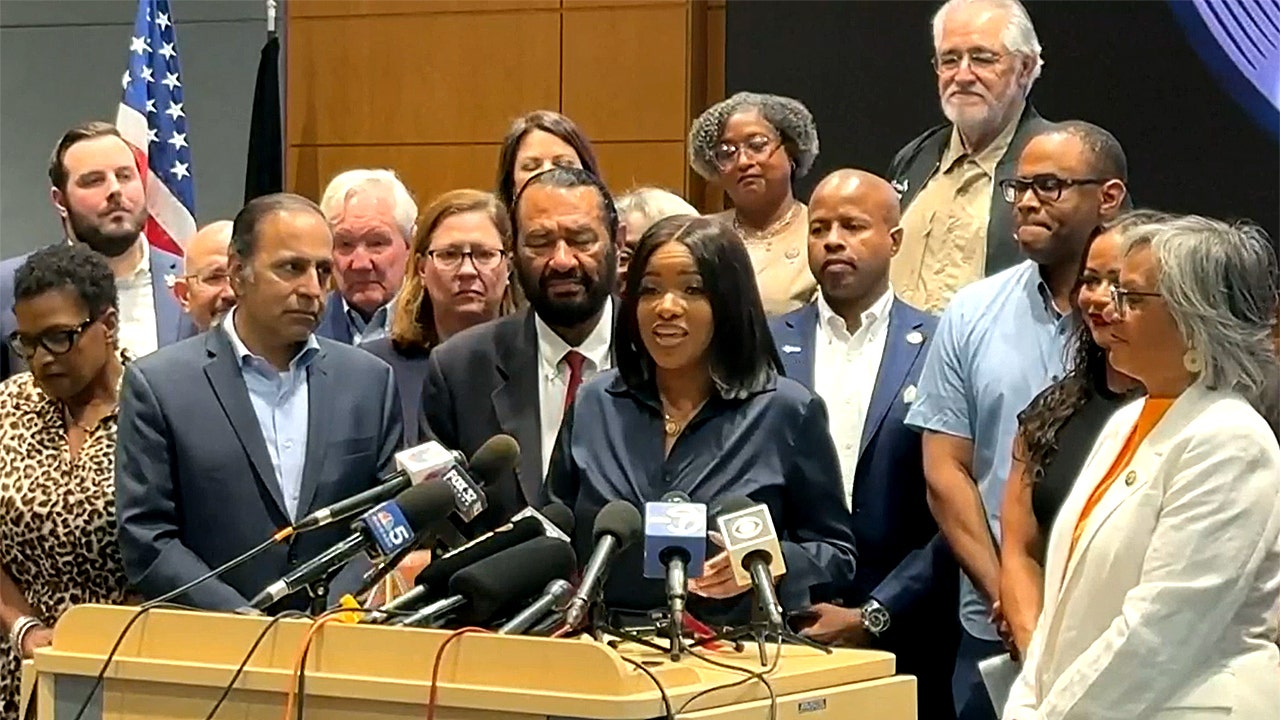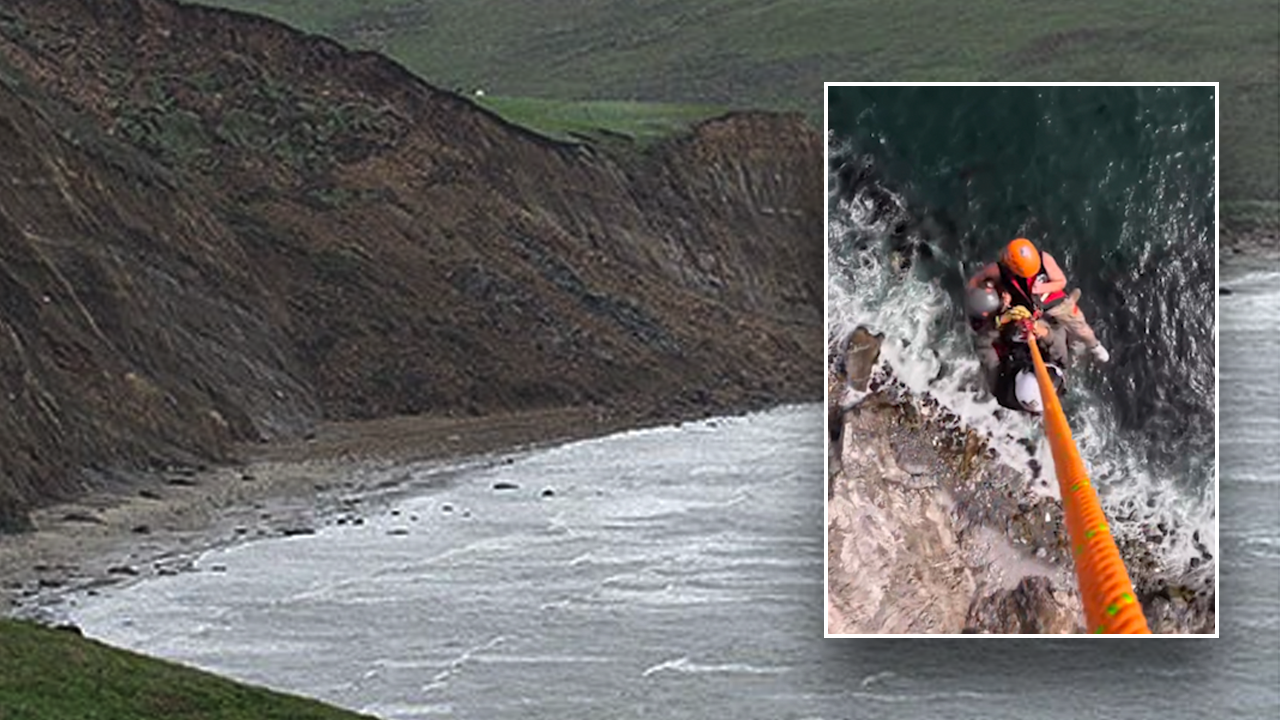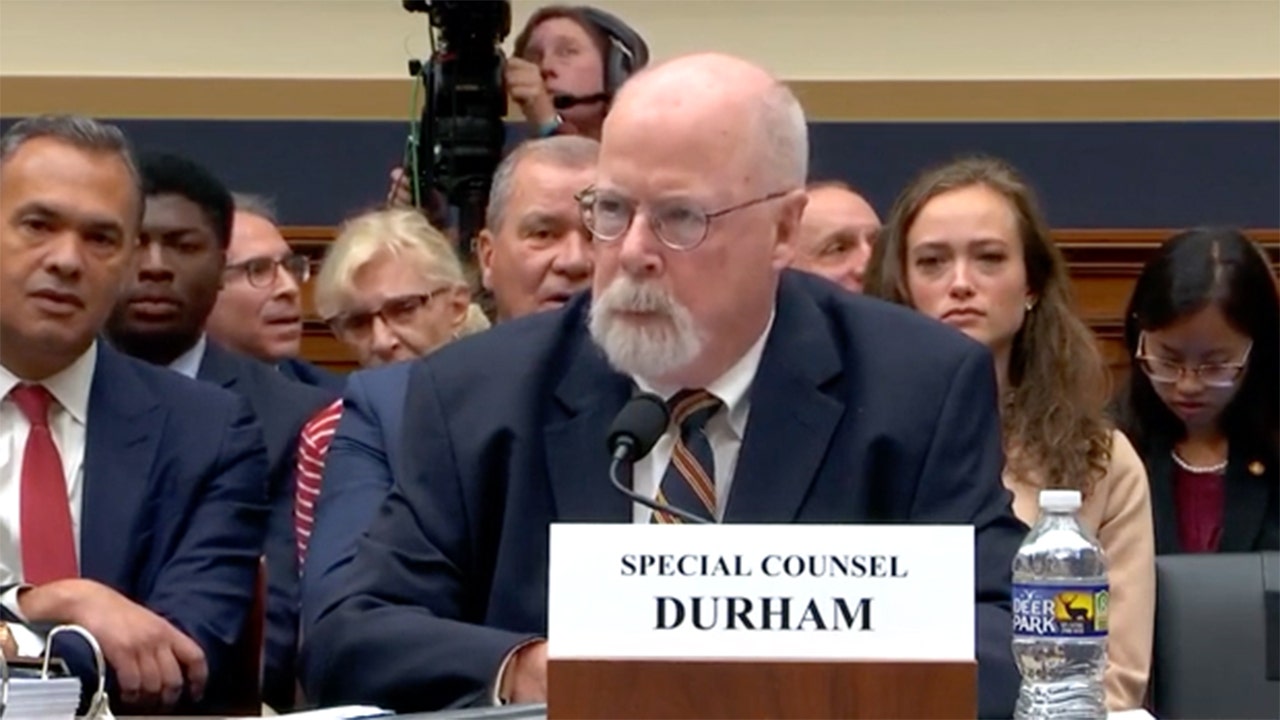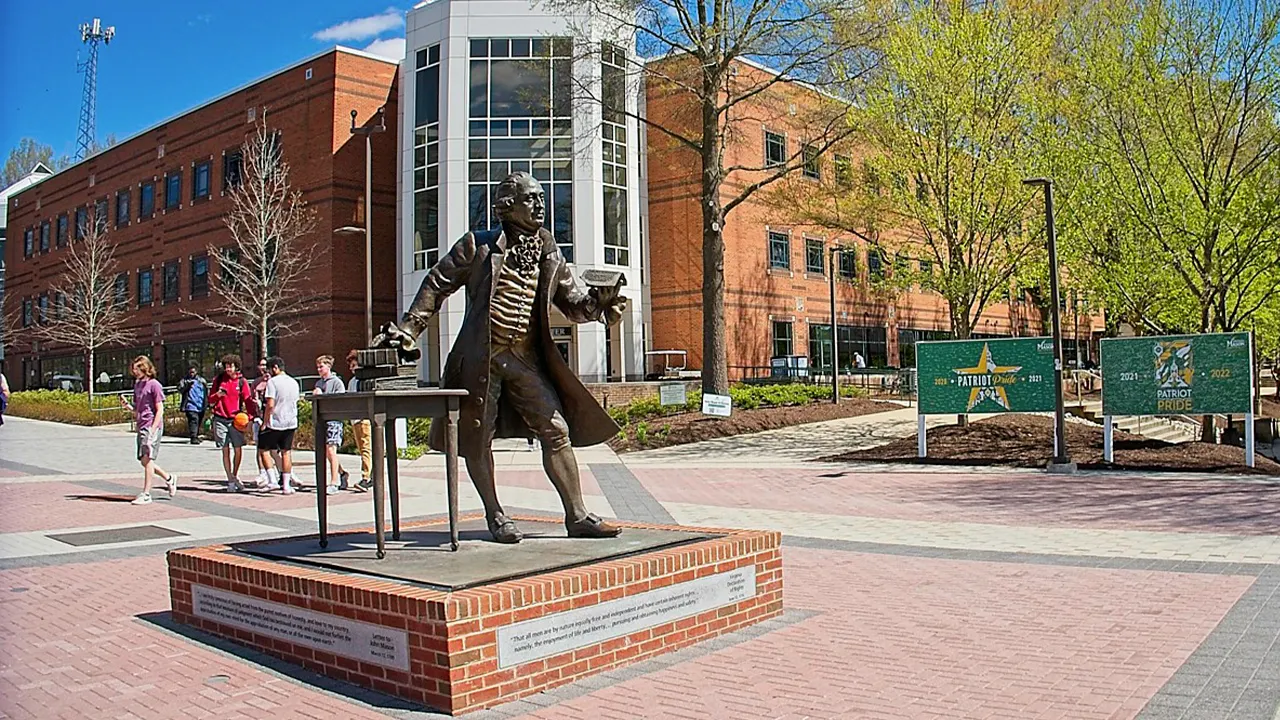The Truth About Armed Citizens Stopping Active Shooters

Groups like Everytown and the mainstream media would have you think that instances of armed citizens stopping mass shooter attacks are rare. Some sources list as few as 2 or 3 instances where an armed citizen stopped an active shooter. The FBI states that out of 61 active shooter events in 2021, only 4 were stopped by an armed citizen. This is misleading, partly because of how crimes like that are reported, and due to the varying definitions of an active shooter situation. For example, Everytown claims that in 2022, over 600 people were killed and more than 2,700 were wounded in mass shootings. This is because anti-2A organizations exaggerate crime statistics by counting any incident involving more than one victim as a mass shooting, including robberies and gang shootouts, to support their agenda. By contrast, the FBI Active Shooter Incidents in the United States Report lists only 48 mass shooter incidents in 2023 and 24 in 2024, a decrease of 50%.
Examples of Armed Citizens Stopping a Mass Shooting
Mark Twain believed that there are three kinds of lies: lies, damned lies, and statistics. This is because statistics can so easily be manipulated by everything from sample size to researcher bias, and as someone who completed doctoral-level statistics, I can attest that this is true. According to the FBI, of the 61 active shooter incidents in 2021, only 4 were stopped by armed citizens.
However, the Crime Prevention Research Center (CPRC) found “Massive errors in FBI’s Active Shooting Reports regarding cases where civilians stop attacks: Instead of 4.4%, the correct number is at least 34.4%. In 2021, it was at least 49.1%. Excluding gun-free zones, it averaged over 50%.” The CPRC reports scores of cases where an armed citizen stopped mass public shootings and over 180 random shootings in general. Here are just a few.
August 11, 2021, San Antonio, Texas
A woman crashed into a parked car, then got out and began shooting at people who were coming to her aid. An armed citizen returned fire, killing her.
April 13, 2022, Phenix City, Alabama
Two men who were angry over a dispute at a truck repair shop returned and began shooting at people outside the building. An armed employee returned fire, hitting both suspects.
July 3, 2022, Surprise, Arizona
A man was invited to join a Fourth of July party. Once in the crowd, he drew a gun and began shooting indiscriminately, killing two people and wounding several others. Although wounded with a head wound, an armed citizen returned fire, killing the shooter.
December 18, 2022, Tucson, Arizona
A man who had been kicked out of a bar for being disruptive returned with a rifle. He fired a shot into the ceiling and threatened to kill people. A legally armed patron ordered the man to drop the rifle, then shot him when he refused. The media initially reported the incident as a simple bar fight rather than an intervention by an armed citizen.
September 28, 2023, Arlington, Texas
A former employee who had been terminated from his job returned to an auto dealership with a rifle and began shooting into the lobby full of people. As he started toward the service area, an armed employee confronted him, and they exchanged fire, but neither hit the other. Police arrived as the shooter fled to the parking lot and killed him. Because of the armed employee’s actions, no one in the dealership was injured.
These are just a few instances when an armed citizen stopped what could have been a catastrophic mass shooting. The CPRC website lists scores more.
Factors Limiting Citizen Response
Of course, the reality of mass shootings is that there is not always an armed citizen there to stop them. This is especially true in large cities where gun laws are draconian, making it far more difficult for citizens to be legally armed. Sometimes that is simply coincidental, but most often it is because shooters choose locations that are “Gun-Free Zones.” Malls, movie theaters, schools, office buildings, retail stores, and even city parks are frequently designated gun-free zones through a naïve and misguided belief that putting up a sign will somehow stop criminals and crazies from bringing in a gun and shooting people. The CPRC found that 94% of mass public shootings from 1950 to 2018 occurred in gun-free zones. That percentage is probably higher now because so many more properties put up “No Guns Allowed” signs.
Another limiting factor could be personal choice. While it is impossible to gather statistics on the number of people who were armed and chose not to engage, I am sure the situation has occurred. There could be several reasons for this. The armed citizens may have had family with them and felt it was best to leave to protect them. Another possibility is that the armed citizen was frightened and was not confident that they had the skill to take on an active shooter armed with a rifle. Finally, I have seen training courses and read multiple blogs and articles that advise against the armed citizen getting involved if they have a clear escape route.
What Should We Do to Be Prepared?
Whether you step in and get involved in stopping a mass shooting is an entirely personal decision, and I am not going to try to influence you one way or another. However, should you choose to get involved, an active shooter encounter could differ significantly from other types of defensive shooting, and you should train accordingly.
Always Carry
No errand is short enough that it’s not worth bothering to carry your gun. There is no way to predict when and where a defensive encounter might take place. Personally, I carry everywhere it is not illegal to do so.
Carry a Spare Magazine
People commonly point out that only 1 to 3 shots are fired in “the average” defensive encounter. But it is good to keep in mind that Elisjsha Dicken fired 10 rounds before he stopped the Greenwood Park Mall shooter in 2022. Had he been carrying a gun with a lower capacity and no reload, he would have been unable to continue the engagement. Carry a spare magazine and practice fast reloads. It is also significant to note that the attack took place in a “Gun Free Zone,” where the attacker probably did not expect anyone to be armed.
Practice for Longer Ranges
The FBI and the NRA both report that the majority of defensive gun uses take place within 3 to 10 feet, or 1 to 3 meters. But these are generally defenses in robberies and carjackings, not active shooter situations. Going back to Elisjsha Dicken, he engaged the shooter at a range of 40 to 50 yards and hit with 8 of 10 shots with a Glock 19.
Be Prepared to Move and Shoot
Standing still is never the best tactic in a gunfight; however, many defensive shooting situations happen so fast that the armed citizen often has no time to do anything but draw and fire. This may not be the case in an active shooter situation. Depending on how and where it unfolds in relation to you, you may have no choice but to move or get shot. It would be highly advantageous to also be able to draw and place accurate fire on the shooter at the same time.
Practice For Shooting Around Obstructions
Dicken took cover behind a pillar as he shot at the assailant, who managed to shoot back at him once but missed. Shooting from a potentially awkward position around an object is different than standing comfortably and shooting straight down a range. If your only option for practice is shooting on an indoor range that does not allow anything other than standing straight and shooting, you can still practice this at home using a laser training system.
Carry A Tourniquet
Even with armed intervention, it is likely that there will be wounded people lying around in the aftermath of an active shooter incident. It could even be you. Carrying a tourniquet and knowing how to properly apply it could be a lifesaver. When buying a tourniquet, ensure it is high quality. The C-A-T Combat Application Tourniquet from North American Rescue is an example of a well-made tourniquet that can be depended on not to break or loosen.
Conclusion
Active shooter situations have occurred in theaters, malls, stores, churches, offices, nightclubs, and most tragically, schools. Most often, these places are “Gun Free Zones” where the shooter does not expect armed resistance. In virtually every case, the police were not there when it began and usually only arrived after innocent people had been killed and wounded. As with every other case of being assaulted by criminals and crazies, you are your own first line of defense. Be prepared for it.







